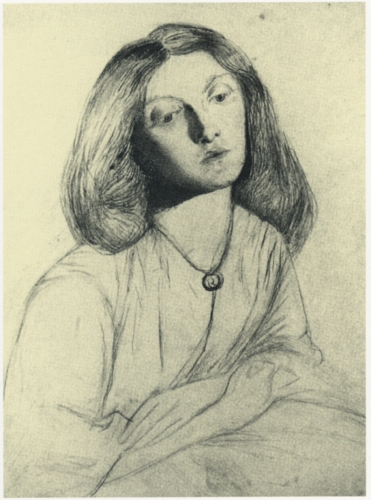

My scholarly interests moved on, to the Victorian representation of black people, a group then even more ignored than women in critical inquiry, but which now receives much greater attention. Study of Fanny Eaton (1861), Joanna Boyce Wells. Recently, historical art exhibitions have invoked ‘Pre-Raphaelite’ whenever they can, while fashion, movies and graphic design endlessly refer to well-known images. Subsequently, the Pre-Raphaelite movement has itself gained ever-increasing popularity, so that it is now sometimes regarded as the pre-eminent art movement of the 19th century, despite being in its own time one strand among others – realist, Aesthetic, imperialist, Impressionist, Symbolist, Decadent, etc. Pre-Raphaelite Sisterhood received some grudging reviews, but proved pioneering and popular.

Seen from the perspective and experience of the latter group, a much more interesting story emerged. This was due simply to viewing the materials through a new lens, revealing a different narrative to that of princely male genius and passive Cinderellas. When it came to writing, however, the book flowed easily, being one of those of which authors say ‘it wrote itself’. Once, allocated a side room to myself, I smuggled in a handheld voice recorder and whispered the texts to it to save time. Barber Institute of Fine Arts, University of BirminghamĪlso in that benighted, pre-digital age, documentary research required painstaking work in academic libraries, slowly transcribing diaries and correspondence by hand (no photography allowed). The Blue Bower (with Fanny Conforth as model 1865), Dante Gabriel Rossetti. As the new wave of assertive feminism surged through the 1980s, it prompted energetic inquiry into women ‘hidden from history’, such as the models, wives and muses of the Pre-Raphaelite painters. I remember repeated visits to Millbank to look at the pictures and ponder what to infer about the models.Īlthough for the Sisterhood my aim was purely biographical, the fact that Elizabeth Siddal was the only woman artist in the Tate show – and then only at the determined insistence of Deborah Cherry and Griselda Pollock – spoke eloquently of the patriarchal cast of art history in that benighted era, as Cherry and Pollock underlined in their semiotic analysis of Siddal’s reputation. This was useful, as I knew virtually nothing about the Pre-Raphaelites, and not much about Victorian art, being trained as a literary critic and having become a biographer.

Way back when, it so happened that my research for what became the book Pre-Raphaelite Sisterhood (1985) chimed with the Tate Gallery exhibition of 1984 that reintroduced viewers to the Brotherhood after a long period of modernist disdain.


 0 kommentar(er)
0 kommentar(er)
